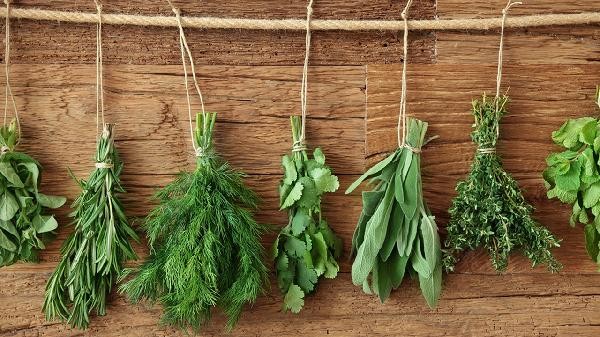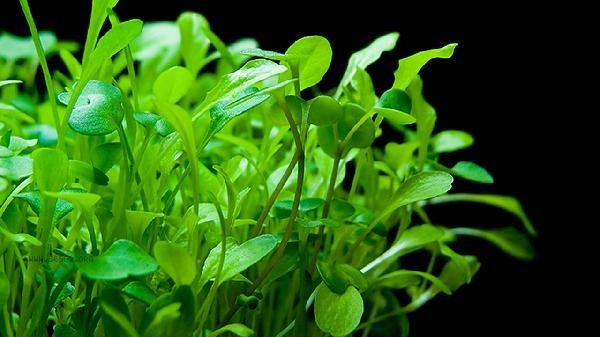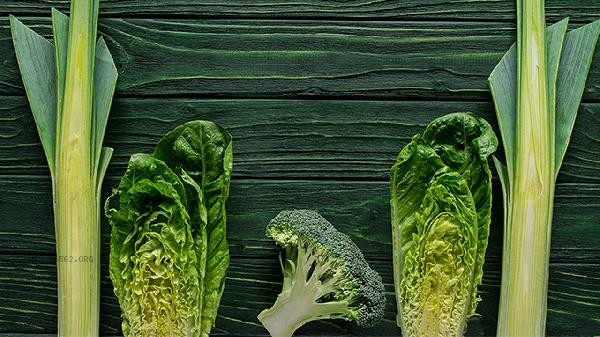Vegetables with high oxalic acid content mainly include spinach, amaranth, beetroot leaves, bamboo shoots, chocolate, etc. Oxalic acid can easily combine with calcium to form stones, and patients with high uric acid or kidney stones need to control their intake.

1. Spinach:
Spinach is one of the vegetables with the highest oxalic acid content, with approximately 750 milligrams of oxalic acid per 100 grams of fresh spinach. Oxalic acid can inhibit the absorption of minerals such as calcium and iron. It is recommended to blanch before consumption to reduce the content of oxalic acid. Long term consumption of large amounts of raw food may increase the risk of kidney stones, especially for individuals with abnormal oxalate metabolism who need to be cautious.
2. Amaranth: Both red amaranth and green amaranth have a high oxalic acid content, reaching up to 600 milligrams per 100 grams. Oxalic acid is mostly present in the leaves and stems. When cooking, it is recommended to cut into sections and blanch for 1-2 minutes. The calcium oxalate crystals in amaranth may stimulate the digestive tract, and those with gastrointestinal sensitivity should control their consumption.
3. Beet leaves:
Beet leaves have an oxalic acid content of about 500 milligrams per 100 grams, which is higher than its root and stem parts. Beet leaves are often used as raw salad food, but oxalic acid can bind with intestinal calcium, affecting nutrient absorption. Suggest pairing with high calcium foods such as tofu and yogurt, or using quick stir frying to reduce oxalic acid activity.

4. Bamboo shoots: The oxalic acid content of spring and winter bamboo shoots is between 400-600 milligrams per 100 grams, especially at the tip of the shoot where the concentration is higher. Fresh bamboo shoots need to be thoroughly boiled or soaked to remove oxalic acid, and the astringency of untreated bamboo shoots comes from oxalic acid. Gout patients should avoid drinking bamboo shoot soup.
5. Chocolate:
Dark chocolate contains about 500 milligrams of oxalic acid per 100 grams, with a higher content of cocoa powder. Oxalic acid is difficult to remove during chocolate processing, and it is recommended to consume no more than 30 grams per day. Individuals with a history of kidney stones should avoid consuming chocolate and high calcium foods such as milk at the same time.
Controlling oxalic acid intake requires attention to cooking methods and food pairing. It is recommended to blanch leafy vegetables in boiling water for 1 minute before discarding the soup for consumption. Root and stem vegetables can be peeled and soaked for more than 2 hours. Increasing water intake by more than 2000 milliliters per day can help with oxalate excretion, and supplementing with vitamin B6 appropriately can promote oxalate metabolism. Calcium rich foods such as sesame and shrimp can combine with oxalic acid to reduce intestinal absorption, but they should be consumed 2 hours away from high oxalic acid foods. Regular physical examinations are conducted to monitor the oxalate crystal indicators in urine routine. For those with a history of stones, it is recommended to undergo urinary system ultrasound examination every six months.









Comments (0)
Leave a Comment
No comments yet
Be the first to share your thoughts!